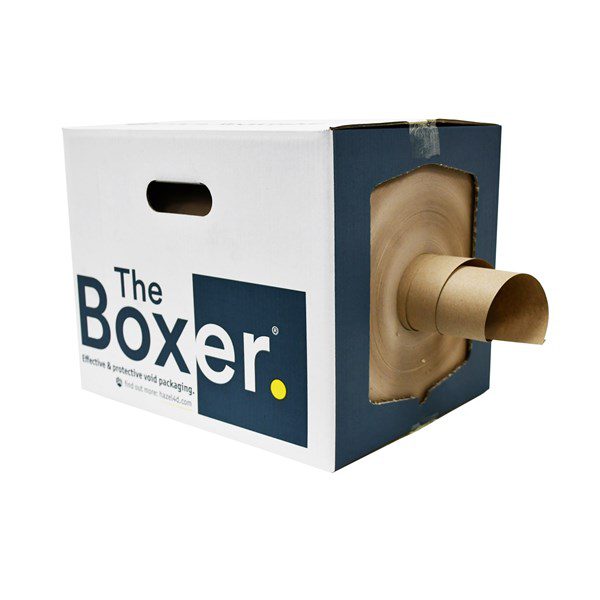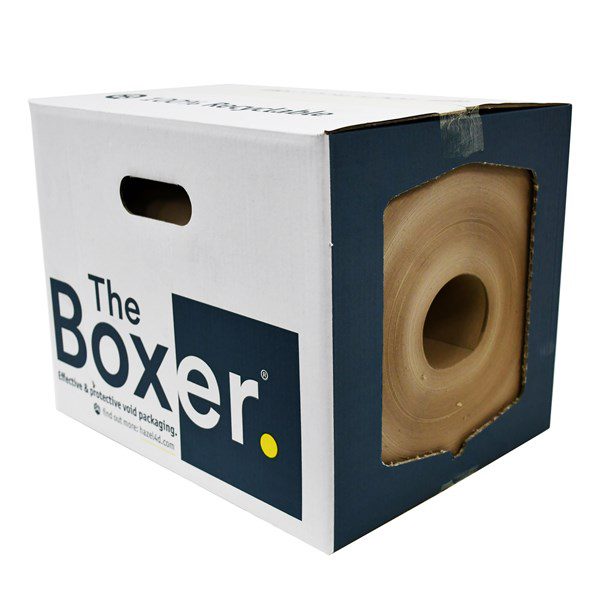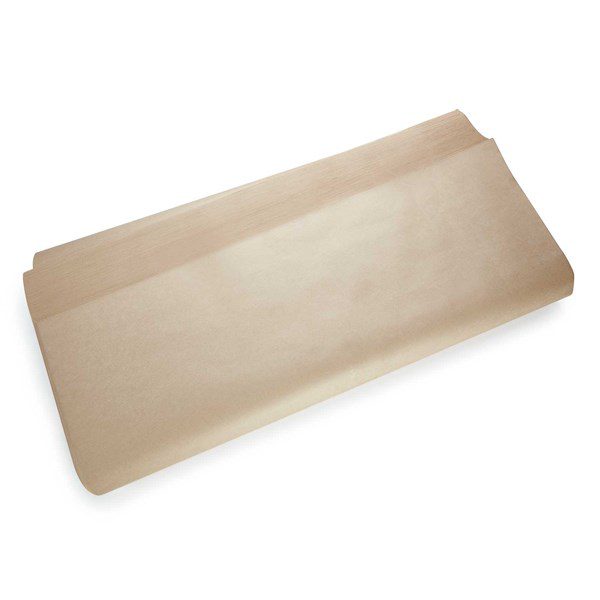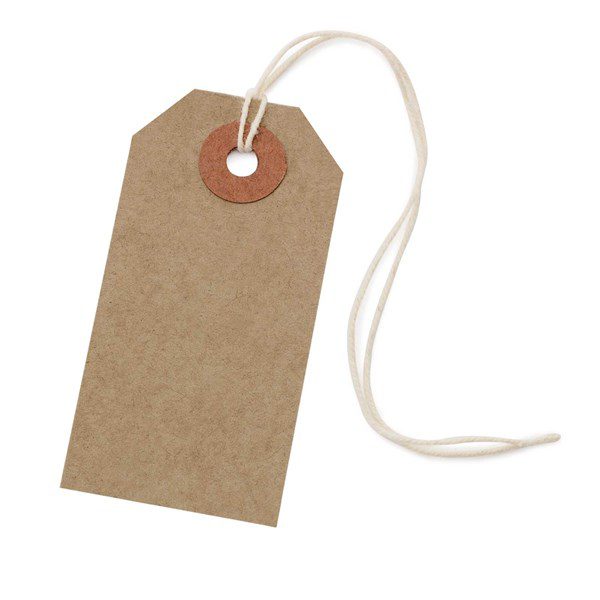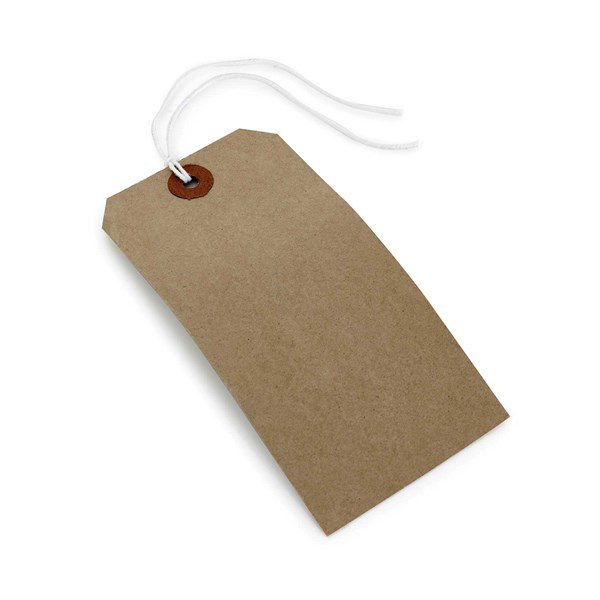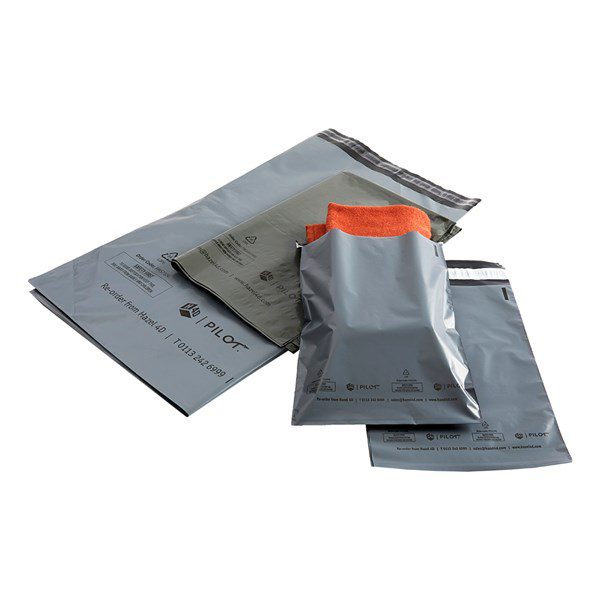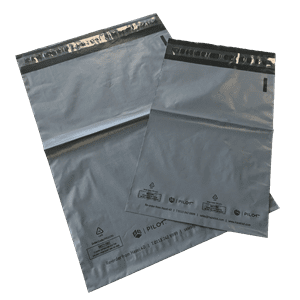Sustainable Packaging
Packing Tape
The Best Packaging Choices for Takeaway Restaurants in 2022

By: Hadyn Oliver
5 Minute Read
Your Questions Answered
ToggleDo you know how many plastic boxes are used across the takeaway industry every year?
That’s over half a billion plastic food containers ending up in landfill each year!
We understand how hard it is to suddenly switch to a new packaging, especially when you have a good relation with your current supplier. And with so many different types of food packaging out there it can be difficult to understand which one to use.
But with sustainability now being the most important feature to consumers, it’s a must to keep your eyes peeled for more sustainable alternatives.
Here’s a quick guide to the best types of food packaging materials to choose from.
Things to consider when choosing your packaging
Long gone are the days when you would get your fish and chips wrapped in an old newspaper. In fact, it was actually banned in the 1990’s due to health and safety concerns! What’s worse is some takeaway chains still use packaging which is harmful to humans and even bad for the environment.
Picking the most effective takeaway packaging will depend on the food you sell.
Let’s get the ball rolling with a few questions to ask yourselves.
-
Hot Or Cold?
Is the food your serving hot or cold. Hot food requires specialised packaging that will maintain the desired temperature of your dishes. It’s especially important for food deliveries – There’s nothing worse than getting a cold takeaway!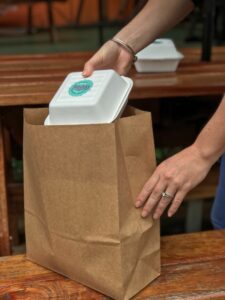
On the other hand, food that’s frozen, or chilled, should be packaged in something water-resistant and impervious to condensation. Like you would expect an ice cream tub to be.
-
Do you serve drinks?
Same thing applies for drinks, if you’re serving hot beverages, the packaging must be well insulated at the same time as protecting the customers so they don’t burn themselves.
Cold or chilled beverages require a totally different packaging. The packaging is meant to keep the drink cool and showcase the product in all their glory. Think of a can of coke.
-
Do you want to showcase your brand?
A lot of takeaways around the world serve food in plain packaging. While this is OK, branded packaging tells customers who you are and what you’re about. In a way, it’s free advertising, because customers will walk around the streets with your branded takeaway bag or box.
Right, enough questions, lets have a look into what we really came here for…
The 3 golden rules of takeaway packaging
There’s 3 golden rules when choosing your packaging for both food and drinks.
- The obvious one – SAFETY – It’s got to be safe to use with food, in other words, food grade. Plus, any allergen advice has to be labelled onto it, as Natasha’s law states
- The increasingly common one – SUSTAINABILITY – people, governments, and businesses are being forced to use sustainable options. Consumers are now wanting it and tending to choose from businesses that are more sustainable. Your packaging should be either recyclable, biodegradable, or compostable.
- The important one – STYLE – not saying the others aren’t important, but people eat with their eyes. Food in branded packaging will help make your menu items look more appealing at the same time as boosting your brand awareness.
Best eco-friendly takeaway packaging materials
There are numerous eco-friendly packaging types available, all of which have unique benefits. These packaging alternatives will help you improve your sustainability credentials.
-
Kraft Food Packaging
 If you choose to go with Kraft, it’s a great eco-friendly packaging option. It’s recyclable and biodegradable, a popular choice in all kinds of takeaway food. Consumers prefer a natural packaging material like paper or cardboard. Kraft board is made from paper and a great eco-friendly, lightweight and rustic option.
If you choose to go with Kraft, it’s a great eco-friendly packaging option. It’s recyclable and biodegradable, a popular choice in all kinds of takeaway food. Consumers prefer a natural packaging material like paper or cardboard. Kraft board is made from paper and a great eco-friendly, lightweight and rustic option.
Common Kraft Takeaway packaging is burger boxes, chip cups, trays, noodle pots, fish and chip boxes and so much more.
-
Bagasse Food Containers
This is a great innovation. Sturdy, biodegradable and compostable, made from sugarcane pulp the natural packaging is readily accessible. It’s a good, durable, eco-friendly alternative which is commonly used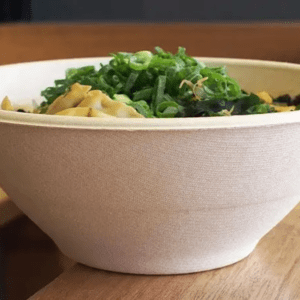 around the world.
around the world.
Common uses are clamshell meal boxes, leak-proof bowls and platters. It’s good for both hot and cold food. A truly versatile packaging material for over-the-counter food service.
-
Recycled Cardboard Takeaway Packaging
It’s classic, eco-friendly and never goes out of fashion. The packaging has a premium finish and always available. Made from a recycled content of paper fibres, the packaging is commonly used for pizza boxes, burger boxes, fish and chip boxes and 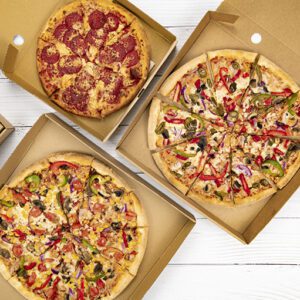 much more.
much more.
The great point about this packaging is its naturally biodegradable and can be recycled or composted after being used.
The best eco-friendly drinks packaging
Let’s move onto the drink packaging. Plastic drink packaging has been a common choice as it’s cost-effective and convenient, but its caused endless problems with plastic pollution. This can be reduced by offering customers the eco-friendly alternative which they can dispose of responsibly.
-
Biodegradable Coffee Cups
Made from recycled paper and lined with PLA (polylactic acid – a natural, renewable material made from cornstarch) biodegradable cups are a great eco-friendly option for coffee shops and cafés.
-
Clear Bioplastic Cups and Lids
These are completely biodegradable and resistant to liquids. Ideal for smoothies, milkshakes, fresh juices, and chilled beverages. They are a popular alternative to oil-based plastics since they share many of the same characteristics as their synthetic counterparts, only without the environmental drawbacks.
There’s a big difference between biodegradable plastic and bio plastic:
- PLA bioplastics are commercially compostable and decompose quickly in a controlled environment.
- Biodegradable plastics on the other hand are oil-based combined with an additive to help them break down quicker.
Bioplastics are far more eco-friendly than oil-based plastics on the market.
-
Eco-friendly Straws and Stirrers
We can’t forget the drink accessories. When the UK banned plastic straws in 2020, alternatives arose made from natural, renewable and plastic-free materials. These included paper, PLA, and even avocado seeds.
Takeaway Packaging To Avoid At All Costs
There are types of food packaging which we recommend you avoid where possible. Single-use plastics have a hugely negative impact on our world, but they are also hazardous to human health. Scientists have proven that we are unwittingly ingesting microplastics all the time, most coming from plastic-based food and drink packaging!
What can I do about sustainability?
Avoid cheap, low-quality packaging materials like plastic takeaway containers, cutlery, and any other non-biodegradable products.
If you don’t believe me, Harvard Medical School conducted some research to show that, when heated, chemicals found in plastic takeaway containers can seep out into your food. Causing a high chance that your customers health could be affected. Which is why it’s a must to ditch plastic food packaging altogether.
Making the switch to sustainable takeaway packaging
Not only does eco-friendly packaging preserve the planet, minimise pollution and makes your brand stand out, but it also protects your customers. There’s a wealth of great plastic-free packaging alternatives for every kind of food vendor and any cuisine you can imagine.


